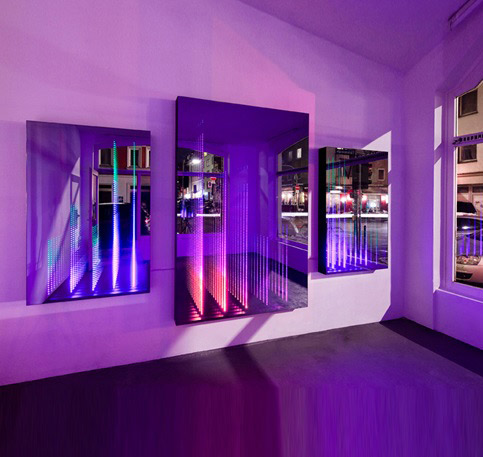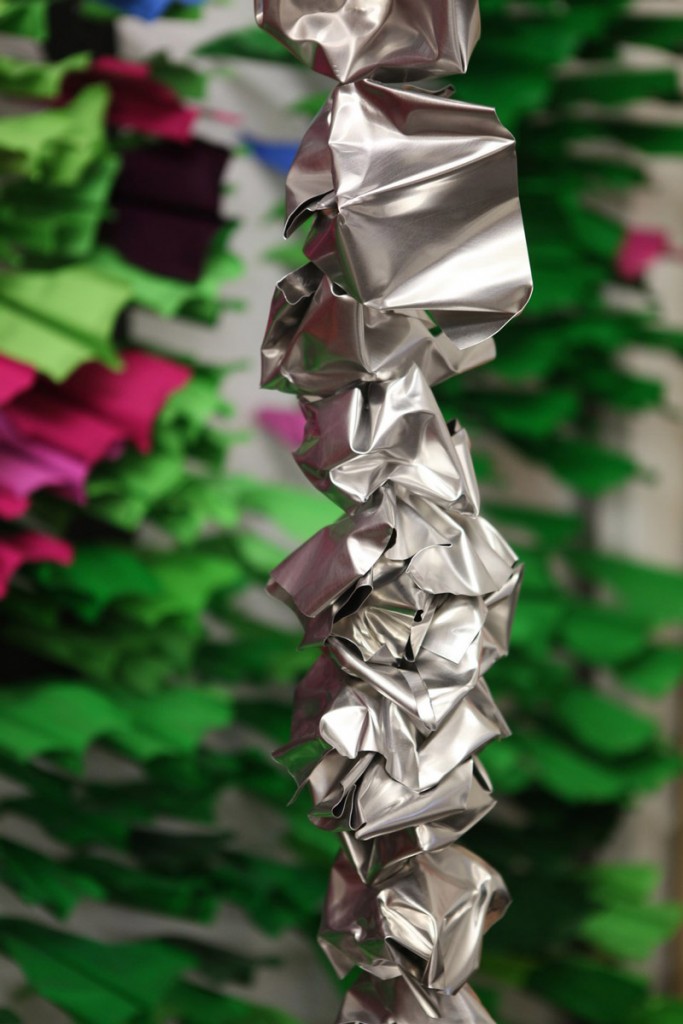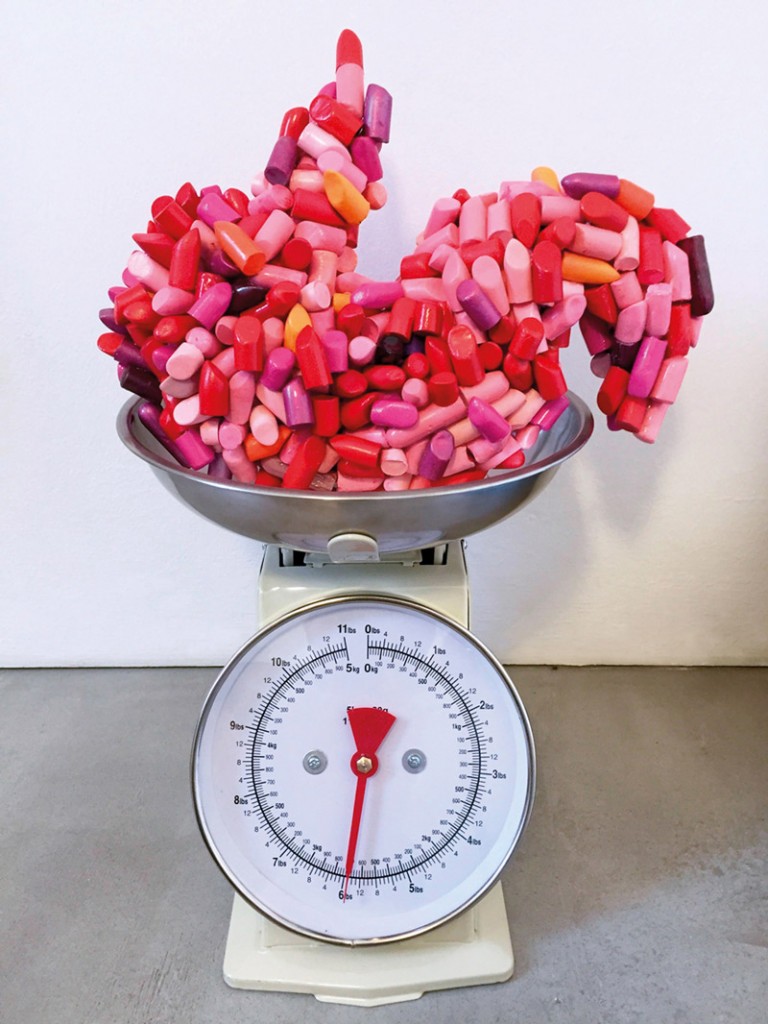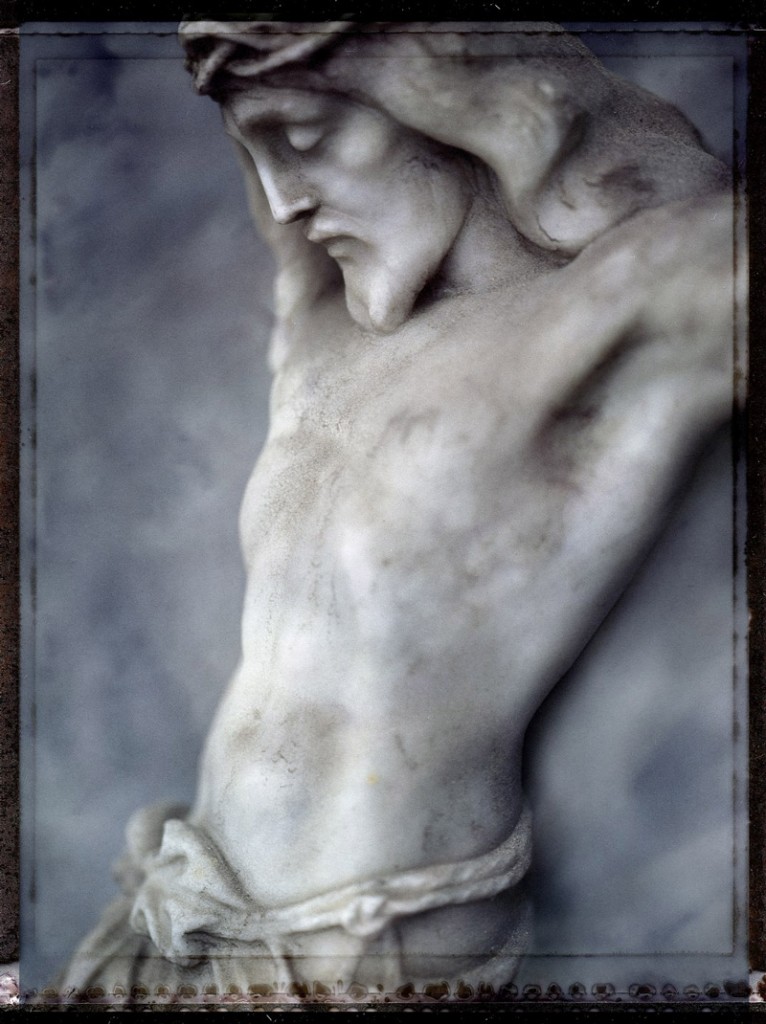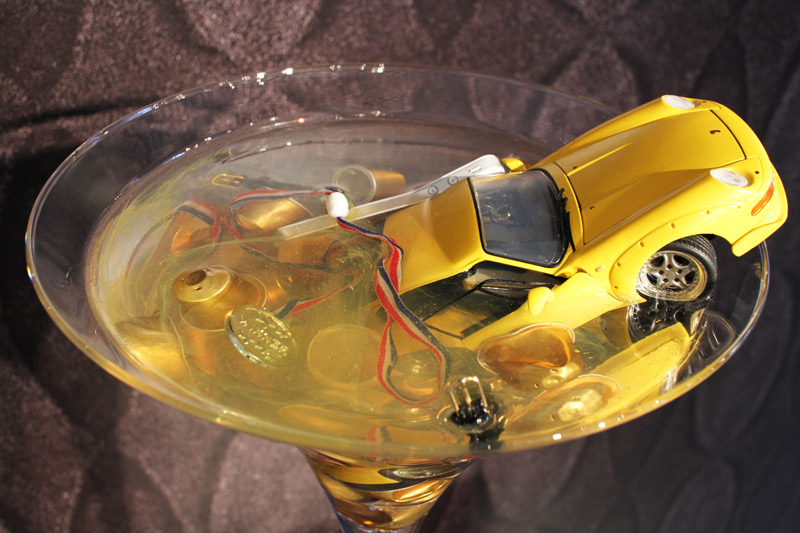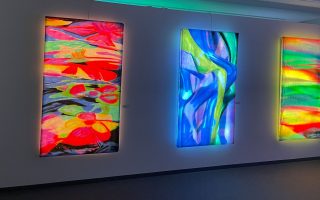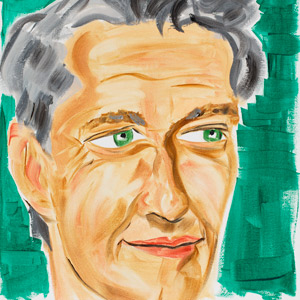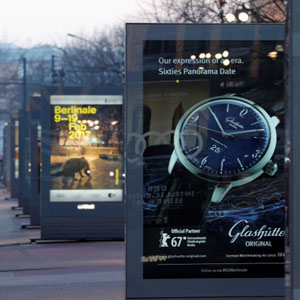Inspired by the Berlin Gallery Weekend 2016, gallery owner Isabel Bernheimer was presenting two parallel exhibitions.
What Would I Die For
is a representation of the ultimate sacrifice someone would die for. The exhibit features works of five contemporary artists prepared to take place during Gallery Weekend.
Jan Kuck
These include the XXL-sized glass Consumers’ Cocktail by Jan Kuck. The former philosophy student and now multimedia artist presents a grandiose composition that contains reproductions of luxury cars, branded watches and Nespresso capsules, thus embodying ephemeral objects that an average modern day consumer would die for. Kuck has always been sensitive to the topics of consumption and overproduction, and will take part in the coming Architecture Biennale in Venice with a majestic carpet installation addressing these topics.
Christopher Thomas
On the other side from the Consumers Cocktail, renowned photographer Christopher Thomas chose for this show an unusual photograph of a giant breast-sized model that underlines the abundance of sexual content in today’s society.
Gosia Warrink
Of great interest and aesthetic is the high-end lipstick sculpture presented by Gosia Warrink. The Berlin designer visualizes the aspect of modern femininity – a large stomach filled with the amount of lipstick a woman today consumes in her lifetime. The kitchen scales show the weight of the lipstick consumed – about six pounds (2.7 kg). Another work presented by Warrink, Cake Chandelier is a combination of steel cake layers, an aluminum baking form, a power cord and electric bulbs.
Andreas Blank
Sculptor Andreas Blank presents his innovative visions in a room of objects made entirely of marble. The installation consists of two tower-like constructions made of transport crates, palettes, and pedestals that are put upon each other at the door entrance of the room and resemble a gate. The viewer is astonished by the majestic size of this gate, reminding one of a small version of the Ishtar Gate. After a closer look it appears that the gate is made of ordinary objects related to the transport of art that are not art itself. However, in this case they actually act as art pieces made of the most high quality marble and alabaster.
Alexander Deuble
Finally, there is Alexander Deuble who gives tribute to the endless themes of love, money and future with his LED light-objects. His work (S)triptychon uses the historical format of the Middle Ages and puts it into current context. Three interactive LED light objects react to sound. The artist was inspired to create this piece by light installations in strip clubs. He refers to the essay Strip-Tease written by French writer Roland Barthes in 1954 in his book, Mythologies. Deuble expresses the idea of every artist stripping his soul when his work and ideas embodied in it put onto public display. In the modern context the classical format of triptychon turns into (S)triptychon. Each object has its logos, a star, a heart and a dollar sign that are only visible if one approaches the objects closer.
SPIELRAUM
Daniele Sigalot
The solo show SPIELRAUM by Blue & Joy artist Daniele Sigalot occupies four rooms of the agency. The Italian artist presents some of his new significant artwork. A monumental concentric structure of aluminum that gives the name to the exhibition welcomes the visitors in the main room. The SPIELRAUM sculpture is suspended from the ceiling and, looking like a reinterpreted chandelier, illuminates the room with its more than a thousand colorful paper planes, thus it is Sigalot’s famous signature piece. The other three rooms depict the artist’s iconic works such as the three open letters to the art, to the future and to the destiny. The totem paper-towers of good and bad ideas, “a reference to creativity at all costs, which often fails to produce the desired outcomes,” says curator, Valentina Galossi. In the last room is a soon-to-be timeless installation, “This Work Will Last a Thousand Years.”
A separate room in the agency will also showcase the works of artists Sebastian Klug, Milana Schoeller, Tatjana Naff von Sass and Ria Keburia, Johanna Fünfrock.
The art pieces that we featured for the Gallery Weekend are great reminders of the trap of excessive consumerism we as human beings are easy to fall victims for,
says Isabel Bernheimer. “It is our intention to give young aspiring artists the opportunity to depict absurdities of our society in their art and make visitors conscious about it.”
Under the motto “I live and breathe art,” the agency and its leader, Isabel Bernheimer, cooperates with up-and-coming as well as established artists creating innovative show concepts while relying on years of experience and artistic know-how.
Info
Berlin Gallery Weekend
April 27 – May 31
Tuesday – Saturday 12:00 – 19:00
Monbijoustr. 2, 10117 Berlin

